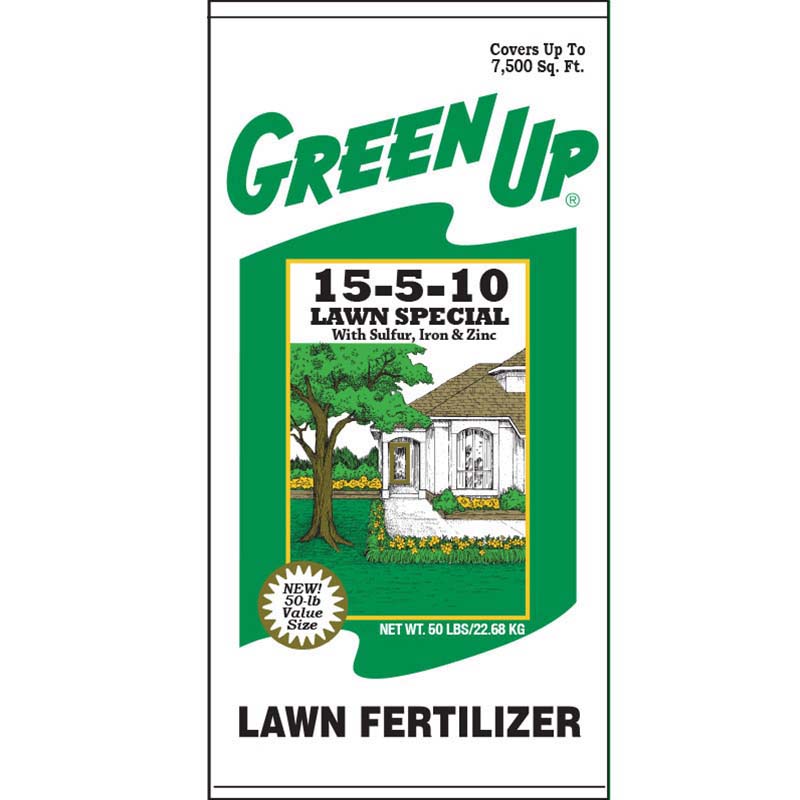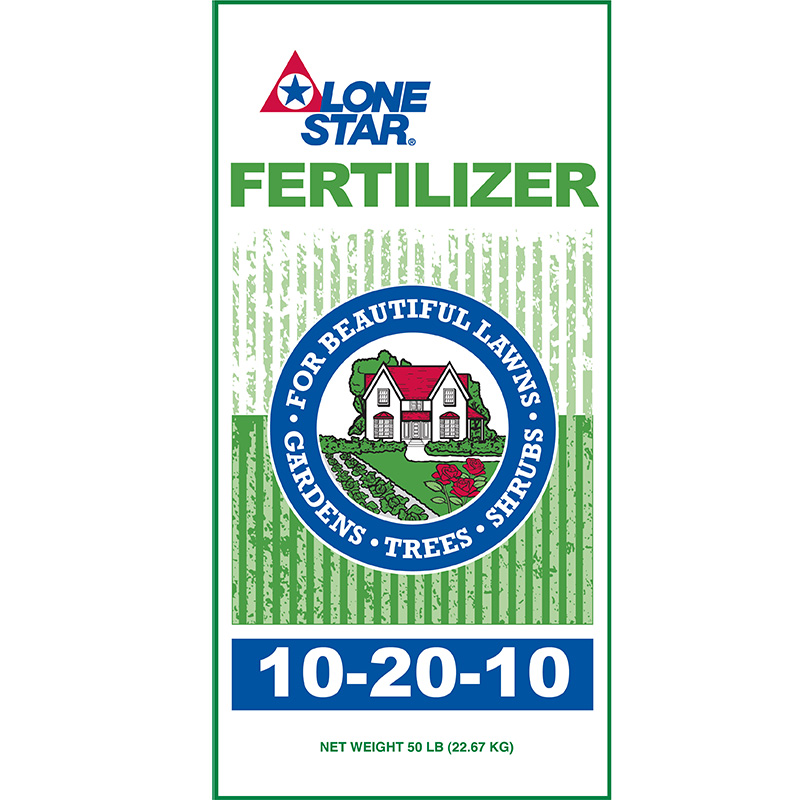
33-0-0
Product Number: 9808| Total Nitrogen (N) | 33.00 | % |
| Available Phosphate (P2O5) | 0.00 | % |
| Soluble Potash (K2O) | 0.00 | % |
Product Highlights
FEED TYPE
- Fertilizer
FEATURES
- Contains many of the nutrients and micronutrients needed to promote plant health and beauty
- Encourages productivity and forces new growth
- Overrides weak competition
- Counteracts disease damage and old age
- Replaces nutrients lost by leaching, fixation, volitization, or clipping removal
Primary Plant Food Sources
Ammonium Sulfate, Urea
Application Tips
Soil Test: Always base fertilizer applications on a soil test to ensure you're giving your plants exactly what they need—saving money and maximizing results.
Soil pH measures acidity or alkalinity on a scale from 0 to 14, with 7 being neutral. Most crops thrive in slightly acidic soils (pH 6–7), though some plants prefer more acidic conditions. Soil pH directly affects how well plants absorb nutrients, making it a key factor in fertilizer performance.
Acidic soils can be corrected with lime, which not only raises pH but also improves soil structure, boosts microbial activity, and enhances nutrient availability. A soil test is the best way to determine lime needs and avoid over- or under-fertilizing.
Spreader Settings: There are numerous types of spreader models and manufacturers. The density of fertilizer materials can also change year to year. In order to assist our customers on spreader settings, below are the general guidelines on what settings to use.
For fertilizers with 19% nitrogen or less (first number N-P-K)- Put the setting a notch or two above half or 50 percent of maximum opening. For example, if the largest opening is 18 on the spreader (max opening), then set the spreader on 10 or 11. If you have an older lawn or garden that has had previous fertilizer applications reduce the setting 1-2 notches below half, say 7 or 8. When using small hand-held spreaders that go up to 5, open it all the way. If your hand-held spreader goes up to 10 or more, put the setting at 50 percent open.
With high nitrogen blends with 20-24% nitrogen, open the spreader 1/3 of maximum. With nitrogen 20-28%, open ¼ of maximum. We are not in favor of these high analysis blends for lawns or gardens primarily because these blends give you less fertilizer coverage (fewer fertilizer pellets per square yard).
Additional Information
| Total Nitrogen (N) | 33.00 | % |
| Available Phosphate (P2O5) | 0.00 | % |
| Soluble Potash (K2O) | 0.00 | % |
Nitrogen, Phosphorus, and Potassium are essential nutrients for healthy turfgrass growth. Balanced application of these nutrients ensures vigorous, resilient turfgrass.
Nitrogen (N) drives leaf greenness, growth density, and stress recovery, but is highly mobile and prone to leaching, requiring regular replenishment.
Phosphorus (P) in fertilizers phosphate (P2O5), supports energy transfer and root development, with deficiencies showing in new growth and leaf discoloration. It leaches slowly and is needed in smaller amounts.
Potassium (K) in fertilizers (K2O), regulates plant processes, strengthens cell walls, and boosts disease resistance and drought tolerance, but is easily leached, especially with frequent irrigation.
Additional Information
| Total Nitrogen (N) | 33.00 | % |
| Available Phosphate (P2O5) | 0.00 | % |
| Soluble Potash (K2O) | 0.00 | % |
Nitrogen, Phosphorus, and Potassium are essential nutrients for healthy turfgrass growth. Balanced application of these nutrients ensures vigorous, resilient turfgrass.
Nitrogen (N) drives leaf greenness, growth density, and stress recovery, but is highly mobile and prone to leaching, requiring regular replenishment.
Phosphorus (P) in fertilizers phosphate (P2O5), supports energy transfer and root development, with deficiencies showing in new growth and leaf discoloration. It leaches slowly and is needed in smaller amounts.
Potassium (K) in fertilizers (K2O), regulates plant processes, strengthens cell walls, and boosts disease resistance and drought tolerance, but is easily leached, especially with frequent irrigation.






